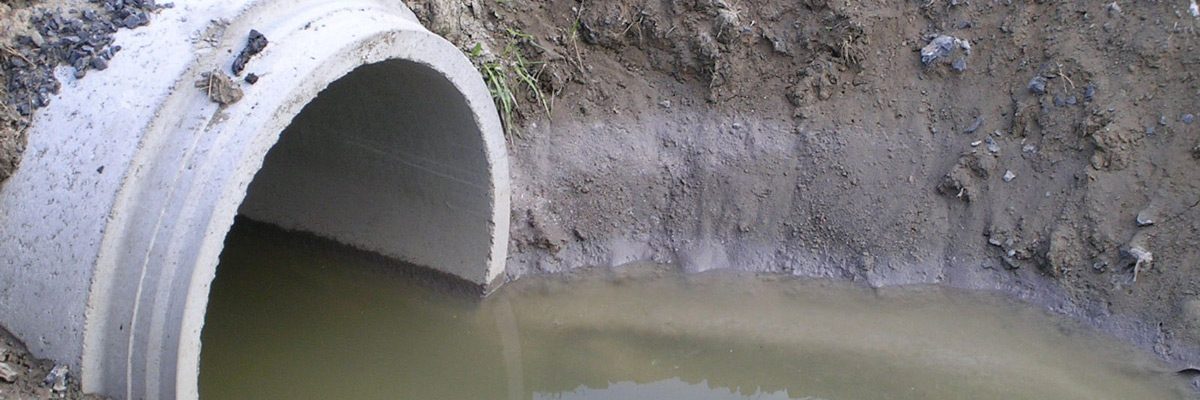This is great news for the safety of the industry.
http://trenchlessinternational.com/news/advances_in_utility_location/004594/
Advances in utility location
Jo Parker
Trenchless International — October 2009
Advances in underground utility location could mean enormous savings – in economic, environmental and social terms. Here Jo Parker from Watershed Associates discusses some of the latest technological research and development emerging from the UK.
There are over four million kilometres of buried assets in the UK. At present, utilities make information about their buried assets available in a variety of methods including via websites, through telephone or written application, with a paper plan sent in response, or by marking out the location onsite. Collating these records can be a time consuming exercise and often the information has to be transferred by hand to another CAD system.
Even when a utility company uses the latest techniques to map its new assets, information on legacy services – which may have been installed decades earlier by a predecessor organisation – may be inaccurate or even non-existent. Pipes in older cities may be over 150 years old. Poor mapping techniques used at the time of installation and the practice of recording the pipe’s location relative to a physical feature that may no longer exist means the exact location of many of today’s networks are unknown. Although current surface location and detection techniques have improved in recent years, they are still of limited use, being both unreliable and slow to operate. As a result the only way to reliably identify the accurate position of any buried service is to excavate a trial hole.
Economic disruption
The direct cost of trenching and reinstatement work of UK highways for utilities is in excess of £1.5 billion per year. Part of this is attributable to holes excavated in the wrong location and damage to third party assets, which is estimated to be as high as £150 million. Although direct costs are high they are significantly lower than the societal costs, such as delays to road users, disruption to businesses and environmental damage which may be as high as £5 billion per year.
Article continues below…
:}
Go there and read boatloads. More tomorrow.
:}
